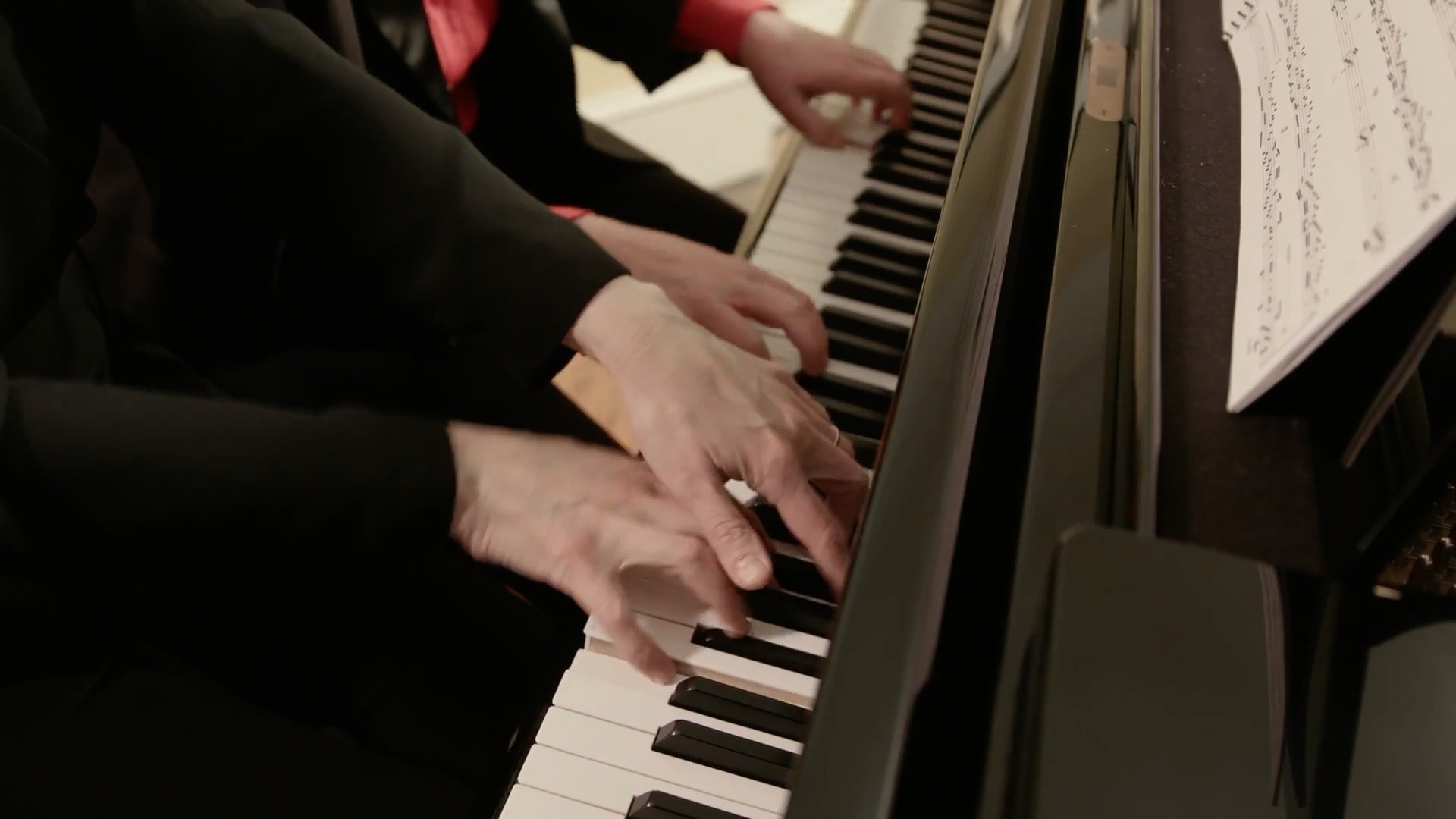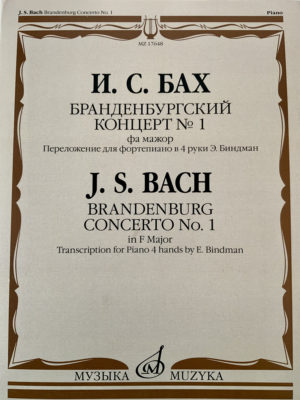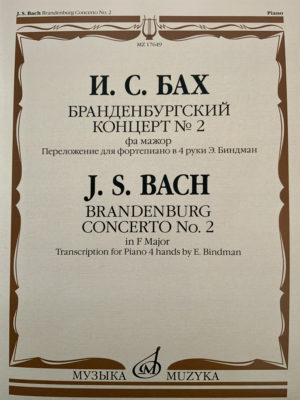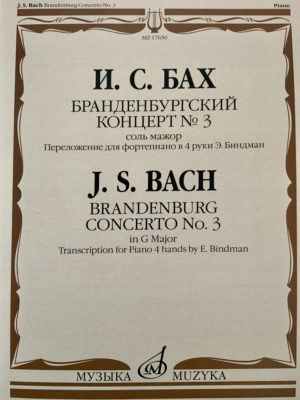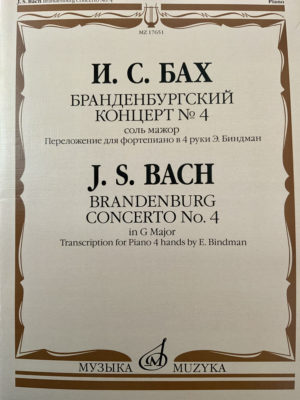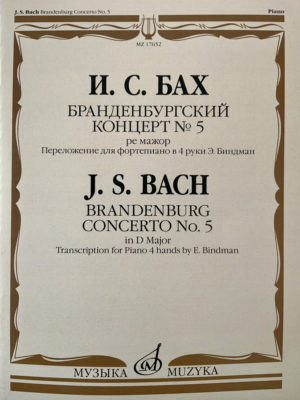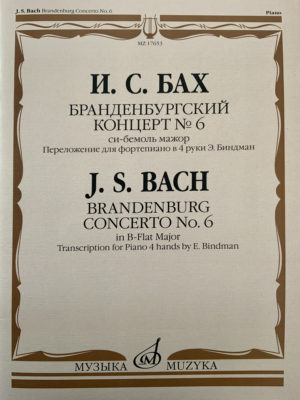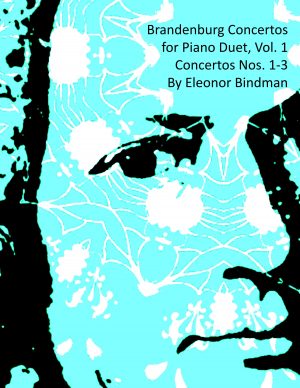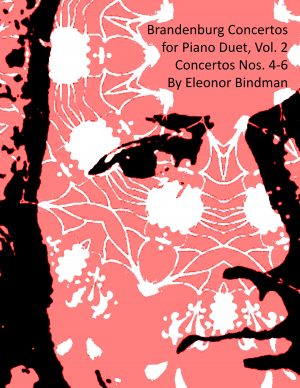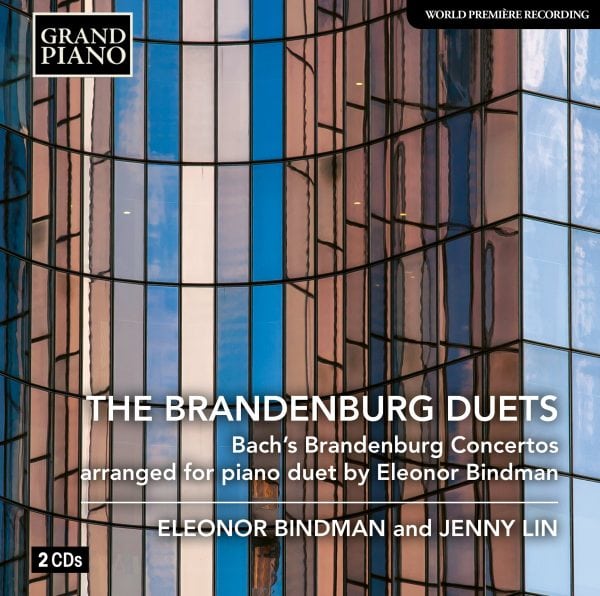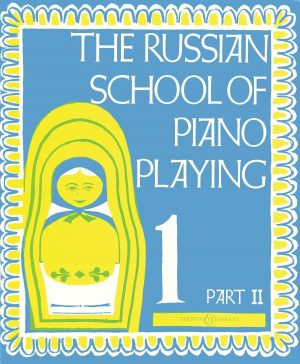
For as long as I remember playing the piano, I remember playing piano duets. “The Russian School of Piano Playing,” the method book “officially recommended for use in Children’s Music Schools throughout the Soviet Union,” was full of them. In the Soviet Union, official recommendations were not to be taken lightly. But this was one of those rare official recommendations which actually made sense. The first duets were 8-measure folk songs with names such as “The Young Girl Walked in the Pine Forest” but for me they were leaps into a different dimension. Here I was, a struggling beginner, meekly navigating an ocean of black and white keys while trying to dutifully count 1-2-3-4 and keep track of the tiny fingering numbers on the page. Then suddenly my teacher would get up from her chair, come over to the left of the keyboard and play along with me. Those moments were magical: new sounds were added to mine and everything seemed in perfect order. I was making music.
Over the years, my appreciation for playing the piano with a partner has become a lot more informed. I came to the U.S. as a teenager and started teaching piano when I was in college. Piano duets were an important part of my tool kit from the start. I would make up simple accompaniments for my students’ beginner pieces and play along. If I taught siblings, they always had a duet assigned. Adult students, some of whom were actually unaware of the 4-hands possibility, were thrilled to discover it, reading through the uncomplicated works like Schubert’s dances, Debussy’s “Petite Suite,” Faure’s “Dolly” along with pieces from piano-duet anthologies that I always had in my teaching library. While working on my Master’s degree and attending Vladimir Feltsman’s masterclasses, I met Susan Sobolewski who became a dear friend, my Duo Vivace partner and a recording collaborator for our Out of the Blue album. After decades of hand-crossing and elbow-poking, a few arrangements and some recordings, 4-hand playing still feels like the best way of sharing what I love most.
In the late 18th and 19th centuries, piano duets provided an overwhelmingly popular and sociable medium of domestic music-making. Playing duets was the best way to bring popular orchestral and operatic works into the home, since radio wasn’t yet invented. Many 4-hand transcriptions of orchestral works were made during that time since most city homes had a piano and a few people who played it. And for some visitors, 4-hand playing provided a sanctioned opportunity for courtship; two bodies seated at extremely close proximity, inviting an occasional touch of hand and perhaps a slight electric shock, were however engaged in something quite wholesome. Of course, there was the didactic use, when the teacher (the likes of Haydn, Mozart, Beethoven or Schubert) would come to a student’s house and play along, often composing pieces for the occasion. Those composers well understood that their pupils should learn about steady rhythm, modulations, balance and interpretation not only intellectually but through imitation.
Unfortunately, the piano duet genre doesn’t enjoy as much popularity today. Our entertainment and leisure pastimes have devolved into those not requiring much skill or effort. TVs and other screens outnumber pianos in our households by a staggering ratio. Active amateur pianists of child-bearing age are rare these days since we are all so busy; most children who take lessons will quit somewhere around the age of 12 and then will maybe start up again as adults when they are close to retirement. On the professional classical music side, where star pianists must perform virtuosic repertoire to keep their reign, 4-hand repertoire is essentially dismissed. Why would a star want to share a stage with someone instead of brightly shining alone, unless that someone is a sibling, a spouse or – as in our social-media dominated times – a commercially viable collaborator? Of course, there are exceptions to this rule: some eminent performers do play duets together sometimes, and there are well-known piano duos, of which most of us can probably readily name 3 or 4. Other than that, in my humble opinion, the piano duet scene is in great need of revival. If you agree, please visit and join my Facebook Group dedicated to the art of the Piano Duet.
Three years ago I decided to make a new piano duet arrangement of Bach’s 6 Brandenburg Concertos, to replace the existing one by Max Reger. Over the years, I tried to play through the Reger with my partner several times and it always seemed awkwardly done: the Primo part was hard to read with clusters of chords and little visual trace of the actual counterpoint whereas the Secondo mostly consisted of the low string parts in octaves. I looked for performance evidence and found only a couple of YouTube videos of separate movements and only one complete although painfully ponderous version in a dark church. So I set out to suitably edit the old version but ended up starting from scratch with an orchestral score. You can read more about the process HERE.
Upon hearing the news of my project, many people would ask: “Why not for 2 pianos?” Certainly two pianos would be much easier to arrange for. No need to decide which string parts to omit completely, no need to transpose up or down an octave, no need to worry about density of texture in the middle register or about dividing a harpsichord cadenza between two players. It would have also been easier to have an entire keyboard for each pianist: no feeling crowded, no deciding whose hand goes into an awkwardly high or low position, no issues of balancing different registers or exact sound/touch matching when sharing the same theme. Yet needing a second piano is a huge logistical problem, in the home as well as in a concert or recording setting whereas as a 4-hand version, this music can be enjoyed at home with a friend whenever you are both available. My goal, after all, was to replace the Reger version, finally giving piano partners a significant body of work besides those of Mozart and Schubert.
After nearly 2 years of work, the new “Brandenburg Duets” were finished and recorded in 2018. I am hoping that these gems – a total of 18 movements of the most wonderful and varied set of orchestral pieces ever transcribed for piano-4-hands – can become a new source of learning and enjoyment. The single-keyboard format dictates a thinner texture and therefore simpler parts for both pianists, suitable for intermediate/advanced levels. Some slow movements are very easy to coordinate, some fast ones are quite difficult and there are many in between. Many faster movements sound equally good at a slower tempo and may be used for exercises in finger dexterity and coordination. The scores are currently available from my website and will be issued by the Muzyka/Jurgenson publishing house by the end of 2020. These pieces are a perfect reason for two pianists to come together at home or in a music school classroom and to spend a little time advancing the cause of the piano duet. Playing in close proximity is such a joyful feeling! And after all, we pianists are entitled to a little fun, aren’t we?
